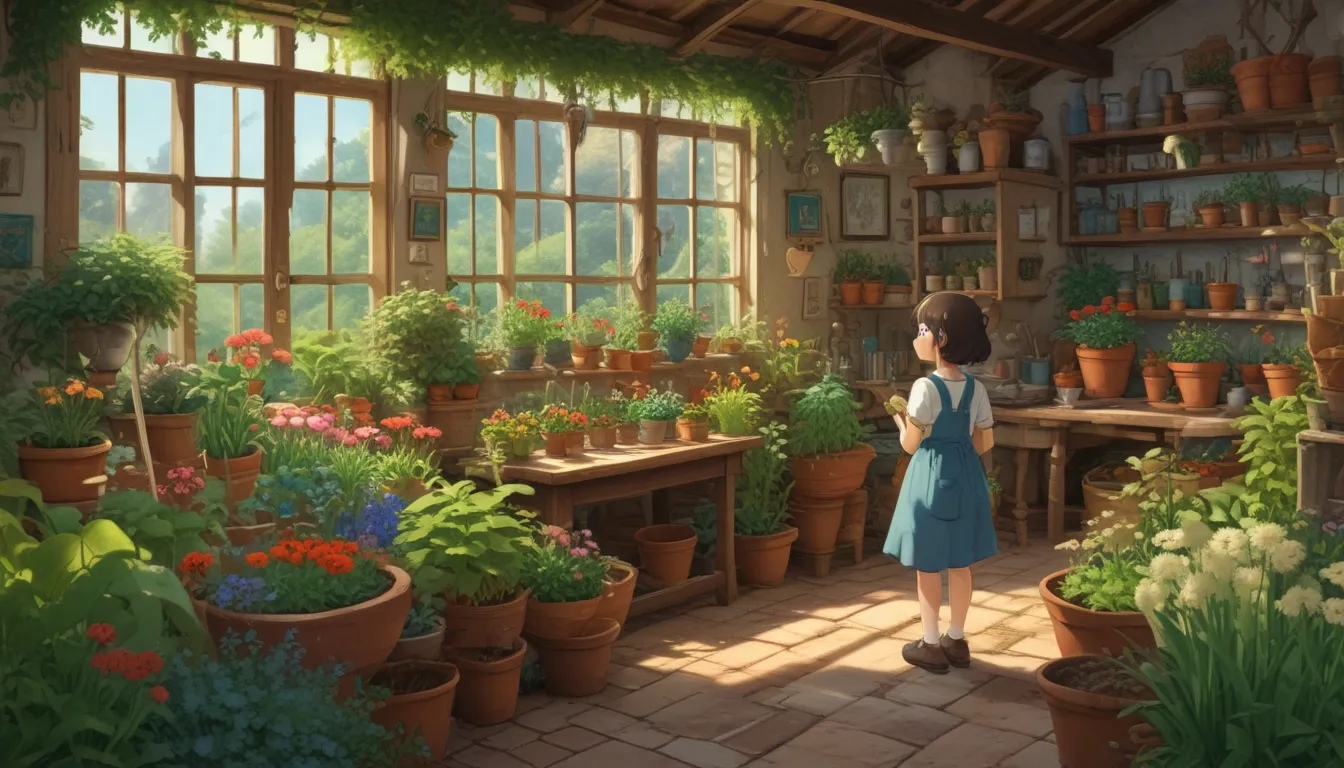Cultivating a Love for Gardening with Children

Gardening with children can be a rewarding and educational experience for both parents and kids alike. It’s a fun way to spend time outdoors, learn about nature, and cultivate healthy habits. Whether you have a small patio garden or a sprawling backyard, gardening with kids can be an enriching experience that creates lasting memories.
Getting Started: Essential Supplies for Gardening with Kids
To get started, you don’t need fancy equipment. Simple tools like shovels, rakes, watering cans, and trowels are essential for gardening with kids. Here’s a list of some supplies you might find useful:
- Long-handled digging shovels
- Garden rakes
- Hoes and long-handled cultivators
- Small trowels
- Tape measures
- Craft scissors
- Watering cans
- String
- Wooden craft sticks
- Plastic baskets
- Kneeling towels/pads
- Hats, sunscreen, and sunglasses
- Calendar
- Notebooks, pencils, and permanent markers
- Seed packets
To make gathering supplies more fun, consider creating a scavenger hunt where kids search for these items in your yard.
Finding the Perfect Spot for Your Garden
Before you start planting, it’s essential to find the sunniest patch of dirt in your yard for your garden. Here’s a fun activity to involve kids in the process:
Sun Spotting Kids’ Activity:
1. Go into the yard in the morning with a notebook and pencil.
2. Assign each child a specific area in the yard to track the sunlight.
3. Have children record the time when the sun shines on their designated area.
4. Monitor the sunlight throughout the day and calculate the total hours of sunshine.
5. Let the kids vote on the best location for the garden based on sunlight exposure.
Choosing a spot with at least six hours of direct sunlight is ideal for most plants. If your yard doesn’t have enough sunlight, consider container gardening as an alternative.
Planning Your Garden Plot: Size and Shape
When it comes to determining the size of your garden plot, a good rule of thumb is to make it no deeper than twice the length of your arm. This ensures that kids can access all parts of the garden easily.
Kids’ Measuring & Marking Activity:
– For a square bed: Mark off an area that is 4 feet by 4 feet, leaving a clearance of at least two feet around all sides.
– For a round bed: Create a 4-foot circle with two feet of walking space around it.
– Have children participate in measuring and marking the garden plot for planting.
Involving kids in the planning and design of the garden plot helps them understand spatial concepts and promotes hands-on learning.
Preparing the Soil for Planting
Once your garden plot is marked off, it’s time to prepare the soil for planting. Engage kids in the process with a hands-on digging activity:
Kids’ Bed Digging Activity:
1. Use tools like rakes, hoes, and shovels to remove grass and weeds from the plot.
2. Work with children to double-dig the soil, removing rocks, roots, and debris.
3. Introduce kids to the concept of healthy soil and the importance of organic matter.
Teaching kids about soil science and the role of earthworms in creating rich organic soil can be a fun and educational experience.
Understanding Soil Characteristics
Examine the soil in your garden plot and involve kids in a simple soil acidity test using vinegar and baking soda. This hands-on activity helps children learn about the different soil compositions and pH levels.
Soil Acidity Kids’ Activity:
1. Conduct a simple pH test using vinegar and baking soda on soil samples.
2. Explore the soil characteristics and discuss how to amend the soil for optimal plant growth.
Incorporating these soil science activities teaches kids the importance of soil health in gardening and provides valuable insights into plant nutrition.
Planting and Growing Your Garden
Once the soil is prepared, it’s time to choose seeds or plants for your garden. Take kids to a garden center to select plants and involve them in the decision-making process. Teach them about different plant varieties and their growing requirements.
Kids’ Garden Center Activity:
– Visit a garden center with kids and have them research different plants.
– Help them choose plants based on their preferences and growing conditions.
By involving kids in plant selection and learning about plant care, you’re fostering their interest in gardening and encouraging a sense of responsibility.
Maintaining and Harvesting Your Garden
As plants grow, involve kids in garden maintenance tasks like watering, weeding, and pest control. Assign them rotating roles like Plant Doctor, Water Manager, and Harvest Herald to keep them engaged in garden care.
Encourage kids to document their gardening journey in a calendar or journal, noting plant growth and milestones. Celebrate the first blooms and harvests together as a family.
Extending the Garden Experience Year-Round
Gardening doesn’t have to end with the growing season. Engage kids in indoor activities like drying herbs, gathering seeds, designing next year’s garden, or browsing seed catalogs. Encourage them to journal their gardening experiences and create scrapbooks of photos and memories.
By incorporating gardening into your family’s lifestyle year-round, you’re nurturing a love for nature and instilling valuable skills in your children.
Conclusion
Gardening with children is a rewarding and educational experience that offers a myriad of benefits for both kids and parents. By involving children in garden planning, planting, and maintenance, you’re fostering their curiosity, creativity, and love for nature.
Through hands-on activities, soil science experiments, garden center visits, and plant care tasks, kids can learn valuable lessons about the environment, sustainability, and responsibility.
Make gardening a fun and engaging experience for your family by incorporating educational activities and creating lasting memories in your garden. Happy gardening!





